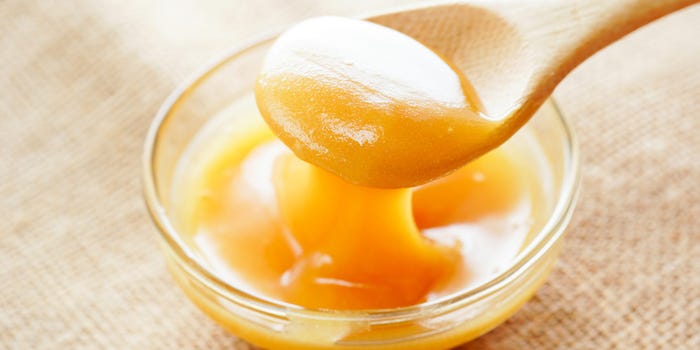
Manuka honey is an age-old recipe to treat wounds and it helps to serve long-lasting infection protection. Many scientists also come up with explanations regarding the positive effect of manuka honey on the injury. This is the only reason that ointments containing manuka honey are selling like hotcakes in first aid kits.
Let’s learn why manuka honey is a faster and safer remedy to heal wounds and infections.
Before the Manuka Honey usage, ordinary honey was used to treat infections and injuries. Why? Honey has multiple natural bioactive properties that speed up the wound healing process. Besides, honey also has a hydrogen peroxide component, which works when it comes in contact with the wound. But, there was an issue with ordinary honey usage that body tissues have an enzyme presence which destroys the hydrogen peroxide properties. Therefore, medical experts leave behind the usage of ordinary honey for infection protection and choose manuka, honey.
Manuka honey comes from Manuka trees grown in New Zealand. It does not generate hydrogen peroxide while applying to wounds but has a Unique Manuka Factor (UMF) that kills bacteria. Manuka honey can also pass the skin easily and boost healing tissues in the body.
Manuka honey for wound infection
Manuka honey is used in most medical practices to treat different types of wounds. Some common wound categories are boils, necrotic wounds, infected wounds, odorous wounds, first and second-degree burns, minor cuts, lacerations, pressure injuries, etc. are effectively treated with manuka honey. Even venous and diabetic foot ulcers can also be treated with manuka honey.
Medical honey has multiple usages and actions on wounds such as anti-inflammatory actions, low pH level, deodorization, debridement, stimulates new tissue growth, controls biofilm, and many more. On all these, manuka honey ointment works as an effective remedy for immediately reducing pain and minimizing long-term scarring.
Pressure injuries such as bedsores or pressure sores (heels, hips, tail bone, shoulder blades, back, or head) can normally develop on bony skin parts. Choosing manuka honey is an effective remedy to heal pressure parts and makes the process less painful.
Your body naturally gathers serum around the infected wound, but when the sacrum dries, it turns into a scab. But when you use manuka honey on the wound, its low pH level, and high moist level does not allow scabs to dry out. Hence, it results in decreasing pain and tissue loss. If you follow proper steps to apply manuka honey ointment. It will kill bacteria that cause the wound infection and nourish new growth tissue.
Keep in mind,
The healing process of manuka honey is based on wound conditions. Do not worry if you feel manuka honey is reacting slowly for diabetic foot ulcers or second-degree burns. Some patients also feel slight sensation or burning while applying but wait for at least 10-20 minutes. If the stinging or burning conditions continue, remove the honey from the wound and consult with your doctor.
Tips for using Manuka honey
Before applying manuka honey to the wound, always wash your hands and clean the wound well. Apply the ointment on the wound and dress it well to cover the wound. Change the dressing regularly based on the wound condition. Notably, always keep the dressing dry, so the optimal environment isn’t altered.